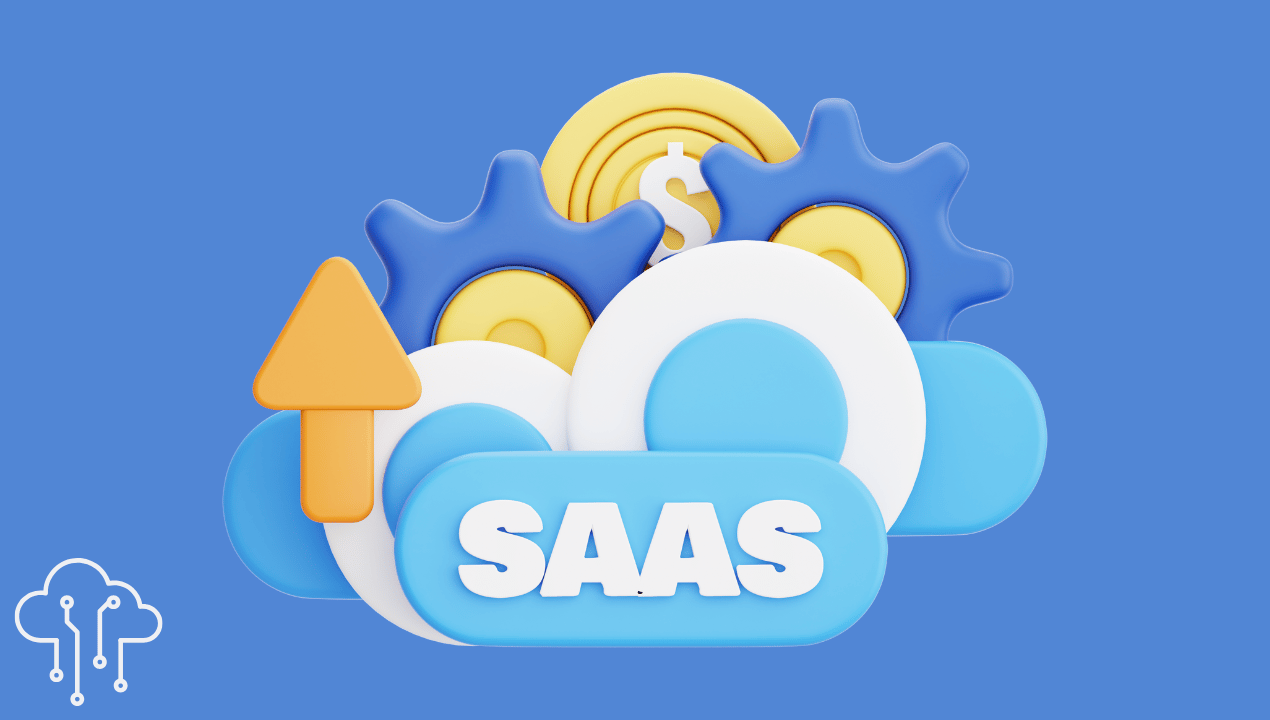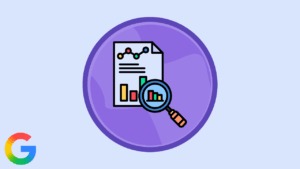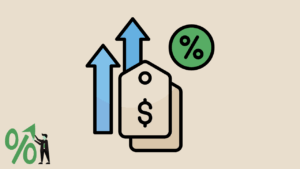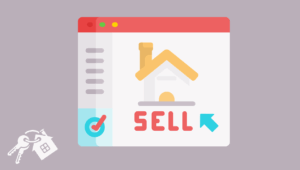Promoting a SaaS website goes beyond publishing a homepage and waiting for sign-ups. In a market flooded with new software tools, gaining organic visibility through SEO is one of the most effective—and sustainable—ways to generate consistent traffic, leads, and conversions. In this comprehensive guide, you’ll learn how to promote your SaaS (Software as a Service) website with the ultimate SEO strategy.
This guide dives deep into how SaaS companies can use SEO strategically to stand out, rank higher, and drive qualified visitors. From foundational site structure to advanced content tactics, every section is built for results.
Why SEO Matters for SaaS
Search engine optimization is one of the highest ROI channels for SaaS because it connects you directly with users actively searching for a solution. Unlike paid channels, SEO grows over time and doesn’t stop when you pause spending.
Benefits of SEO for SaaS: Strategy Guide
- Lower long-term customer acquisition cost (CAC)
- Builds brand authority and trust
- Generates high-intent traffic around key problems
- Supports content marketing, lead generation, and onboarding
Now, let’s explore how to craft an SEO strategy tailored to SaaS.
1. Build a High-Performing Website Architecture
Your site’s structure is the foundation of all SEO. It should be simple, scalable, and built around the user journey.
Key structural best practices to promote SaaS website:
- Use a clear, siloed layout (e.g., Homepage > Solutions > Use Cases > Blog)
- Ensure every page has a unique, descriptive URL
- Create a fast, mobile-friendly experience
- Set up SSL and crawlable navigation menus
- Link internally between pages to guide users and search engines
Tools to Promote SaaS Website:
- Screaming Frog
- Google Search Console
- PageSpeed Insights
2. Target the Right Keywords (Top, Middle, Bottom Funnel)
SaaS SEO isn’t just about ranking for your product name. You need to rank across the customer journey—from awareness to decision.
Funnel-based keyword types:
- Top of funnel (TOFU): Informational (e.g., “how to automate invoicing”)
- Middle of funnel (MOFU): Solution-based (e.g., “best invoicing tools for freelancers”)
- Bottom of funnel (BOFU): Branded or intent-driven (e.g., “FreshBooks vs QuickBooks”)
Use tools like Ahrefs, Ubersuggest, or Semrush to find:
- Keyword difficulty
- Search volume
- SERP competitors
- Questions users ask
Tip to Promote SaaS Website:
Target long-tail keywords—they convert better and are easier to rank for.
3. Create and Optimize Conversion-Driven Content: Promote SaaS Website
Content is the engine that drives organic growth. But not all content converts. Your goal is to create value-packed content that educates, solves problems, and guides users to take action.
Key content types for SaaS: SEO Strategy Guide
- Feature pages: Showcase product capabilities with SEO-optimized descriptions
- Landing pages: Target specific verticals or use cases
- Blog articles: Answer questions, share tutorials, offer insights
- Comparison posts: (e.g., “YourTool vs Competitor”)
- Case studies: Demonstrate real customer outcomes
On-page SEO elements:
- Firstly, compelling H1 and meta title with keywords
- Secondly, short meta descriptions with clear value
- Header tags for structure
- Alt text on images
- Finally, internal links to product pages or demos
Content optimization tools:
- Clearscope
- SurferSEO
- Grammarly + Hemingway
4. Build Authority with Ethical Backlinks
Backlinks tell search engines your content is credible. But SaaS backlink strategy should focus on quality and relevance—not quantity.
Proven link-building tactics:
- Guest posting on industry blogs
- Co-marketing with integrations or partners
- Product directory submissions (e.g., G2, Capterra)
- Digital PR via thought leadership and bylined articles
- Original research or reports that others cite
Avoid spammy link schemes. Google penalizes unnatural links and rewards earned ones.
Tip:
Use Ahrefs or Moz to monitor new backlinks and disavow toxic ones.
5. Optimize for SaaS-Specific Technical SEO: Promote Website
Technical SEO ensures your site is accessible and structured in a way that search engines understand.
Checklist:
- Submit an XML sitemap
- Use structured data markup (e.g., product, FAQ schema)
- Implement canonical tags to avoid duplicate content
- Optimize crawl budget with proper indexing
- Finally, monitor site speed and uptime
Page performance is especially critical for SaaS landing pages—slow load times can hurt both rankings and conversions.
6. Leverage SEO in Product and Feature Releases
Each product update or feature launch is an opportunity for content and ranking.
Strategies:
- Create dedicated feature pages
- Publish release notes and link from blog
- Write SEO-optimized announcements and tutorials
- Update existing content to reflect the latest features
This helps capture traffic from people searching for specific functions your product now supports.
7. Track Metrics and Optimize Based on Real Data to Promote SaaS Website
SEO is not a one-time campaign. It’s an ongoing process of tracking, testing, and adjusting based on results.
Metrics to monitor:
- Organic traffic growth
- Keyword rankings and visibility
- Bounce rate and average time on page
- Blog and feature page conversions
- Backlink profile growth
Use GA4, Google Search Console, and heatmaps like Hotjar to identify bottlenecks and improve UX.
SaaS SEO Strategy Comparison Table
| Strategy | Focus Area | Tools to Use | Key Benefit |
|---|---|---|---|
| Website Architecture | Site structure & crawlability | Screaming Frog, GSC | Faster indexing and easier navigation |
| Funnel-Based Keyword Targeting | Customer journey alignment | Ahrefs, Semrush | Higher intent traffic |
| Conversion-Optimized Content | Content marketing | SurferSEO, Clearscope | Increased engagement and signups |
| Authority Link Building | Off-page trust signals | Moz, Ahrefs | Improved domain authority |
| Technical SEO for SaaS | Page performance and markup | PageSpeed Insights, Schema Markup | Better ranking and UX |
| Product-Led SEO | Feature promotion and awareness | Internal linking, announcement posts | More qualified search impressions |
| Analytics and Iteration | Continuous improvement | GA4, Hotjar, GSC | Better decision-making over time |
Final Thoughts to Promote SaaS Website
Promoting your SaaS website through SEO isn’t about gaming algorithms—it’s about aligning content with user intent, solving problems clearly, and making your platform visible where your audience is already searching.
The earlier you integrate SEO into your growth strategy, the faster you’ll see results. Use it to complement paid channels, reduce CAC, and build a brand that customers trust long before the first demo call.
Stay patient, stay consistent, and keep refining. With the right strategy, your SaaS site won’t just rank—it will convert, scale, and lead.








